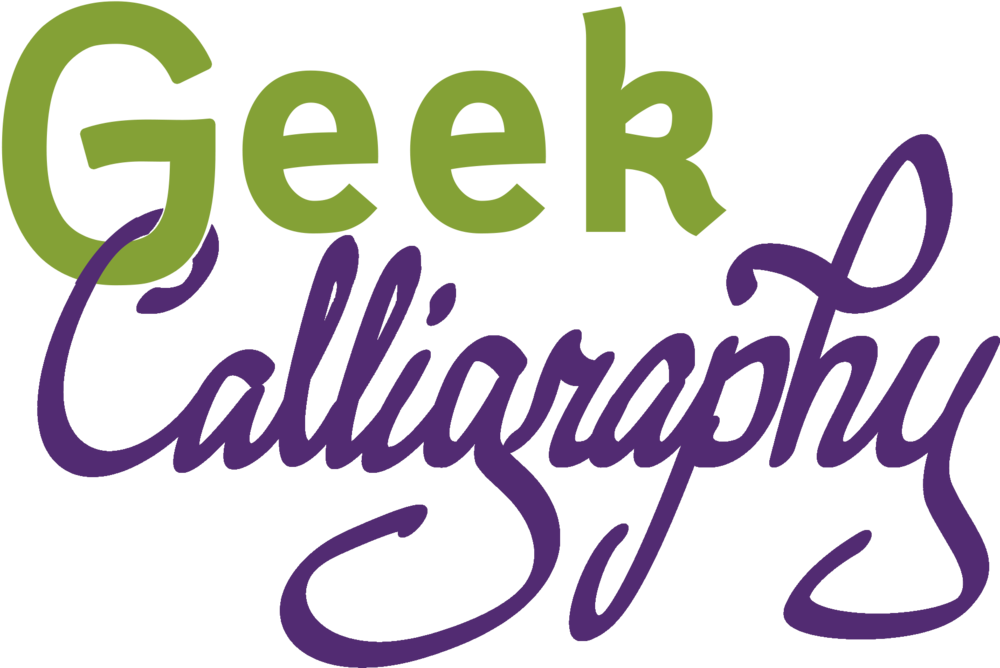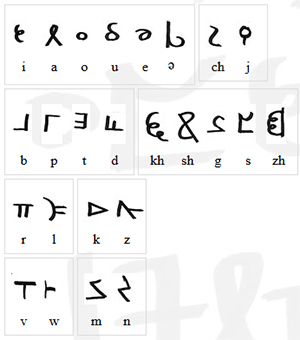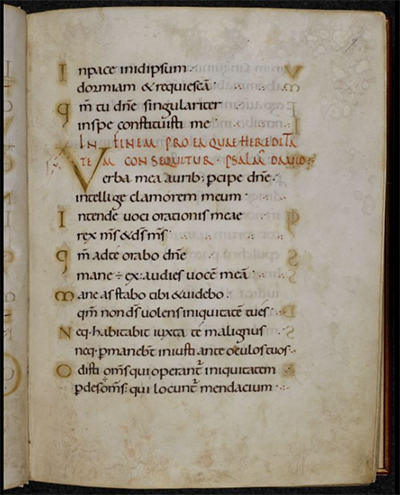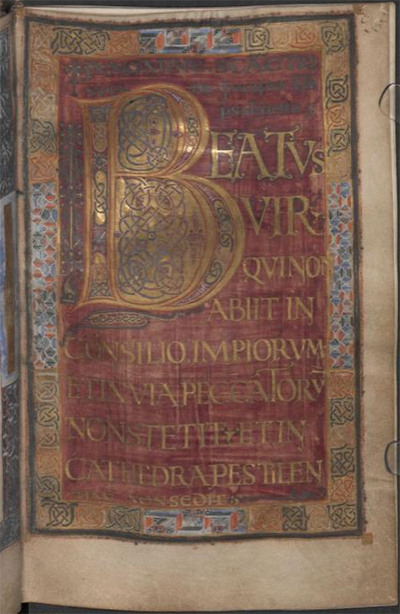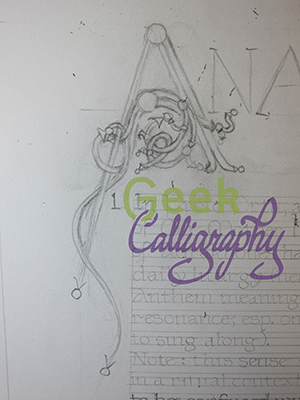by Ariela
2018 was a hard year. While I didn’t make much new art, I am extremely proud of what I did.
Hugo Category Eligibility
Once again, I am eligible for the Best Fan Artist Hugo category. If you are able to nominate for the Hugos, please nominate me as “Ariela Housman,” as the award is for the artist, not the business. (This doesn’t recognize Terri’s hard work and the way she contributed, which is annoying. Any rocket which I may eventually win will really be part hers.)
In a sense, this feels like the first time I really belong in the Fan Artist category, since three of the four pieces above these started as art by a fan of books, even though they are licensed and whatnot.
Explanatory Thingee About Hugo Category Eligibility
Some Hugo categories (Best Professional Artist, Best Fan Artist, Best Semiprozine, and Best Fanzine) are defined by whether the work done was professional, semi-professional, or fannish. The definition of what is a “professional” publication is somewhat technical. A professional publication either (1) provided at least a quarter the income of any one person or, (2) was owned or published by any entity which provided at least a quarter the income of any of its staff and/or owner.
For the purposes of Hugo categories, you are only a Professional Artist if your stuff gets published in a Professional Publication. So you can make a living entirely for years by selling your SF art directly to other people and still not be considered a Professional Artist for the purposes of the Hugos if your art was never included in a publication that earns according to the above criteria.
When making prints was harder and there wasn't much in the way of direct-to-fans selling outside of conventions, this made sense. Today it is ridiculous, but the rules are the rules.
A Note About Lady Astronaut Nouveau’s Consideration
Update: The Hugo Committee has ruled that Lady Astronaut Nouveau is not eligible. Our post announcing that and our response is here.
When considering whether or not to nominate an artist, only their art which is (1) completed in 2018, and (2) meets the criteria of the category, in this case, Fan Art. An excerpt from the description of the Best Fan Artist category:
Again note that the work by which artists should be judged is not limited to material published in fanzines. Material for semiprozines or material on public displays (such as in convention art shows) is also eligible.
By this metric, whether or not Lady Astronaut Nouveau meets the criteria of Fan Art is questionable, as it was neither published in a semiprozine nor displayed in a convention art show. However, it was posted on this website and blog, Mary Robinette Kowal’s blog, and Mary Robinette Kowal’s Pinterest Gallery for Lady Astronaut fanart. Given the wording “not limited to” and “such as” in the category description, we’re reading the examples of semiprozines and convention art shows as just that, examples, and the list thereof as inclusive but not exhaustive. We think that being on the internet is about as public as a display gets, so Lady Astronaut Nouveau should be included when considering Ariela’s 2018 body of work.
Should the Hugo Committee think otherwise, we will remove it from all Eligibility posts about Ariela’s 2018 work.
